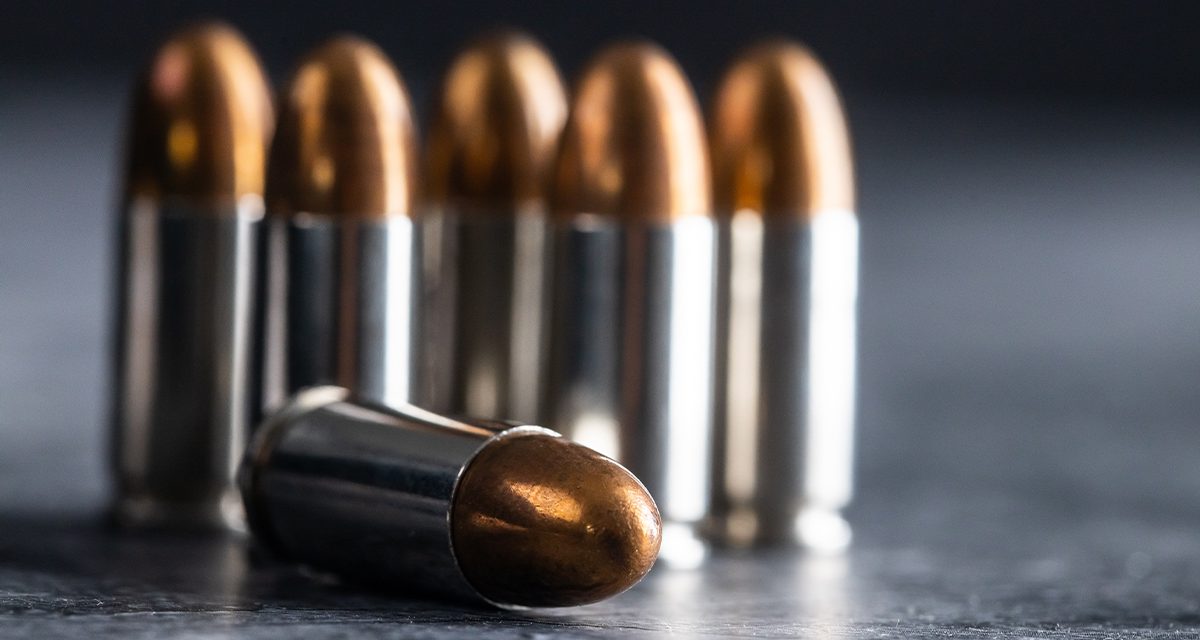Although many factors contribute to high rates of suicide in Missouri, the turning point between suicidal ideation and completion is access to lethal means. Suicide by firearm is the leading cause of death for people 10 to 34 years old, a rate that continues to increase. Of youth suicides, 82% of them used a firearm that belonged to a family member.
The Safer Homes Collaborative (SHC) brings together individuals and organizations with a broad range of views on gun ownership who share a commitment to safety and preventing suicide. The group includes gun shop owners and firearm instructors, injury prevention and mental health practitioners, and public health researchers, among other committed volunteers.
Secure storage of firearms is the most important preventive safety measure families can take to help decrease the growing rate of suicides, especially among adolescents, in Missouri. Katie Ellison, project director at SHC and trainer of a program called Counseling on Access to Lethal Means (CALM), hosted a two-part breakout session during the Missouri Rural Health Association’s Get Link’d 2021 Conference held Aug. 17-19.
The first presentation, “Gun Violence Prevention,” discussed the importance of suicide prevention and the increased risk involved in having firearms in the home. The second presentation, “CALM: Conversations on Access to Lethal Means,” provided an overview of the CALM program’s goals to educate the gun community about warning signs of suicide and protecting vulnerable individuals in their home.
Safer Homes Collaborative Mission
SHC is focused on firearm suicide prevention and firearm violence. It is not an anti-gun organization, but rather focuses on educating Missouri residents about firearm-related injuries and deaths and how local communities can intervene to help prevent further loss.
Partnerships with firearm retailers focus on educating customers about how safely storing firearms can be key in preventing suicide. SHC also trains gun owners, retailers, and community members about the dangers of easy access to lethal means, while also shifting the narrative toward a higher awareness of suicide by firearm within the gun community.
A recent survey by SHC on gun violence and gun safety showed an alarming gap between perception and reality. Many participants falsely believed that homicide is the leading type of death by firearm, while very few people on the survey understood that suicide, and access to firearms, posed a greater risk to their safety.
People experiencing suicidal thoughts may not understand the reason for their feelings, may feel ashamed or stigmatized, or may otherwise isolate themselves. Adolescents living in homes with easy access to firearms are particularly at greater risk of suicide and may be even more difficult to recognize warning signs in. Proper firearm handling and storage is a crucial first step in helping prevent suicide.
If someone is speaking about suicide or showing signs of being suicidal, remove guns from the home, even if only temporarily. Ammunition should immediately be stored separately from the gun if possible. Off-site storage at another home, gun range, or storage unit are the safest options. Otherwise, make sure all firearms are properly stored and locked at all times.
Behaviors that Can Cause Concern of Suicide
Suicidal individuals may demonstrate several behaviors that serve as red flags to watch out for, including:
- New or worsened mental health symptoms.
- Reckless, impulsive, or angry behavior.
- New or increased substance use.
- Withdrawal from school, work, hobbies, and social interactions.
- Lack of self-care, hygiene, and general interest in day-to-day life.
While these symptoms do not guarantee suicidality, a moment of reckless despair coupled with an easily accessible loaded gun can prove fatal. Firearms are dangerous because they don’t require dosage and take little time to use from impulse to action. It’s necessary to intertwine mental health in conversations about firearm safety to ensure that gun users protect themselves and their families from preventable tragedies.
CALM
CALM was developed by the Suicide Prevention Resource Center (SPRC) and focuses on identifying ambivalence, transient/temporary, urgency, and lethality within at-risk individuals.
- Ambivalence: They want their pain to end but they are not sure if they want to live or die.
- Transient/Temporary: Their suicidal thoughts are momentary.
- Urgency: A suicidal thought can be reached quickly.
- Lethality: A suicidal thought can end in death.
According to the CDC, in recent years, suicide rates are increasing more rapidly in rural areas than in urban areas. Rural communities have a rural-strong attitude and find pride in handling their own, but sometimes where pride lacks, shame fills in. People struggling with mental health may feel misunderstood and isolated or even be turned away by their own faith, preventing many from speaking up before it’s too late.
Most people who attempt suicide survive their attempt; only 10% of attempts end in death. Many suicidal attempts are cries for help from vulnerable folks who don’t actually want to end their life but lack resources or know-how to ask for support.
In the presentation, Ellison pointed out that suicidal thoughts can be fleeting, and it is vital to catch people in these moments to fill the time and space between their thoughts of suicide with support. Family members, friends, neighbors, coworkers, teachers, and other community members can play a significant role in preventing suicide by letting others know they care and will help.
Safer Homes Collaborative Resources
SHC created an informational flyer for firearm retailers that includes a poster and information about their 11 gun-owning commandments. The goal is to promote awareness and prevention of suicide by firearm by having this information readily available to frequent and first-time firearm customers alike.
For more information about SHC and the CALM program, visit www.saferhomescollaborative.org or the Suicide Prevention Resource Center at www.sprc.org.








